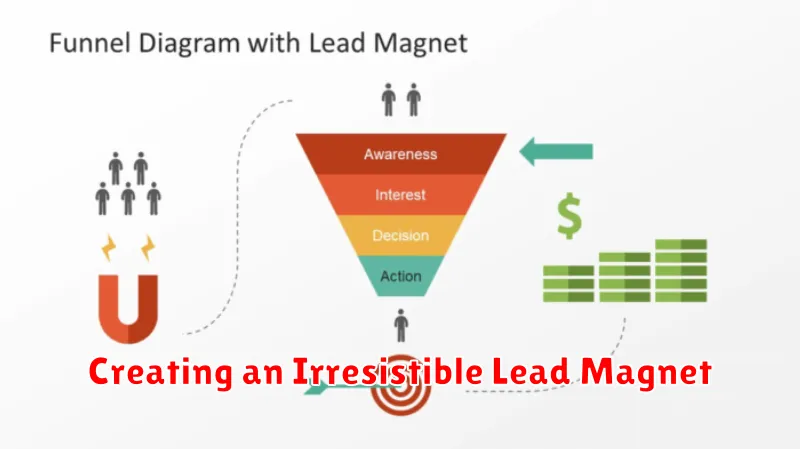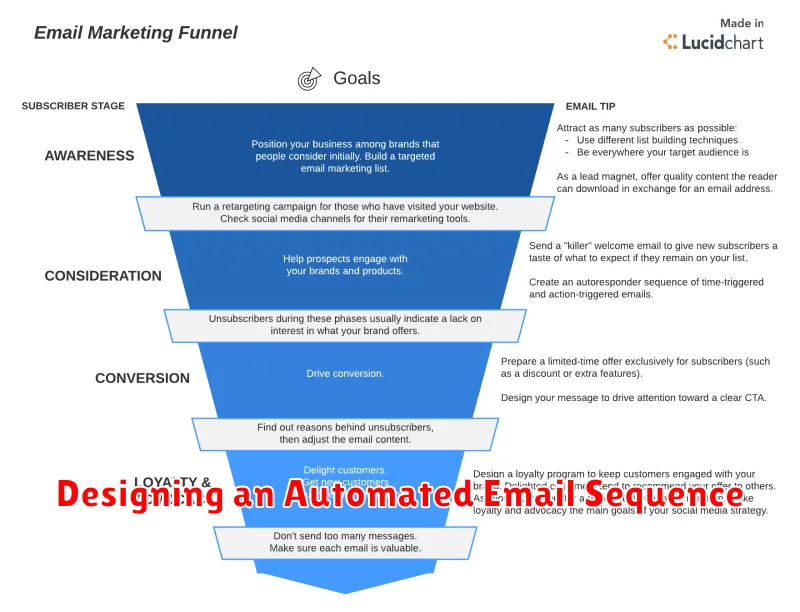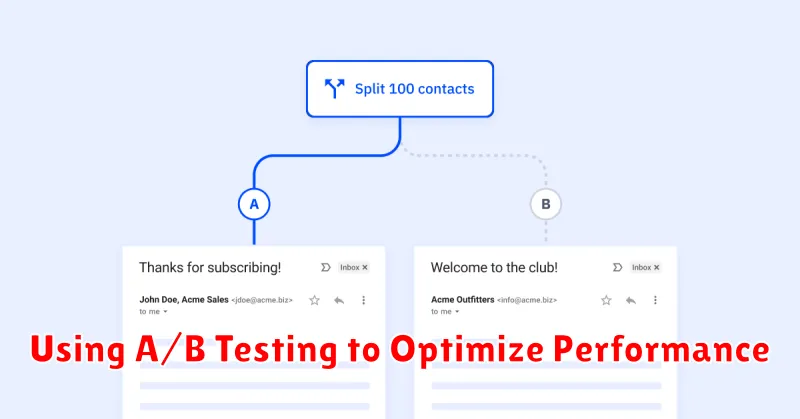Are you struggling to convert email subscribers into paying customers? Do you dream of a streamlined system that nurtures leads and drives sales on autopilot? This comprehensive guide will show you how to build a high-converting email marketing funnel that transforms casual browsers into loyal brand advocates. Learn the essential strategies for crafting compelling email sequences, segmenting your audience for maximum impact, and optimizing your funnel for increased conversions and revenue growth. From lead magnets and welcome series to sales promotions and post-purchase engagement, we’ll cover every stage of a successful email marketing funnel.
Unlock the power of email marketing and discover the secrets to building a high-converting funnel. This article provides actionable steps to create a robust and effective system, no matter your industry or level of experience. Whether you’re a seasoned marketer looking to refine your existing funnel or a beginner just starting out, this guide offers valuable insights into lead generation, nurturing, and conversion optimization. Prepare to transform your email marketing efforts and achieve significant growth with a high-converting email marketing funnel.
Understanding the Customer Journey
Before building an email marketing funnel, it’s crucial to understand the customer journey. This involves identifying the various stages a customer goes through, from initial awareness to becoming a loyal advocate.
A typical customer journey can be broken down into the following stages:
- Awareness: The customer becomes aware of a problem or need.
- Consideration: The customer researches potential solutions, including your product or service.
- Decision: The customer evaluates options and decides whether to purchase.
- Action: The customer makes a purchase or takes a desired action.
- Loyalty: The customer becomes a repeat buyer and advocates for your brand.
By understanding these stages, you can tailor your email messaging to address the specific needs and concerns of customers at each point in their journey. This targeted approach increases the effectiveness of your email marketing funnel and drives conversions.
Creating an Irresistible Lead Magnet

A compelling lead magnet is the cornerstone of a successful email marketing funnel. It’s the valuable piece of content you offer in exchange for a visitor’s email address. This exchange initiates their journey through your funnel.
Consider your target audience’s pain points and desires. What problems do they face, and how can your lead magnet provide a solution or valuable insight? The more targeted your lead magnet, the higher the conversion rate.
Popular lead magnet formats include:
- Checklists: Concise, actionable steps for achieving a specific outcome.
- Ebooks: In-depth guides providing valuable information on a particular topic.
- Webinars: Live or recorded presentations offering expert insights and actionable strategies.
- Templates: Ready-to-use resources that save time and effort.
- Discount Codes: Incentivize immediate purchases.
Ensure your lead magnet is easily accessible after signup. A seamless delivery system is crucial for a positive user experience.
Designing an Automated Email Sequence

A well-designed automated email sequence is crucial for nurturing leads and driving conversions within your email marketing funnel. This involves strategically crafting a series of emails triggered by specific actions or time intervals.
Key considerations when designing your sequence include the target audience, their stage in the buyer’s journey, and the overall goal of the sequence. For example, a welcome sequence for new subscribers will differ significantly from a post-purchase follow-up sequence.
Each email should have a clear purpose and contribute to moving the recipient further down the funnel. This might involve providing valuable content, showcasing product benefits, offering exclusive discounts, or soliciting feedback.
Timing is also essential. Emails should be delivered at optimal intervals to maintain engagement without overwhelming the recipient. Testing and analyzing results will help you fine-tune the frequency and timing of your sequence.
Segmenting Your Email List
Segmenting your email list is crucial for improving conversion rates. By dividing your subscribers into smaller, more targeted groups, you can tailor your messaging to their specific needs and interests. This leads to higher engagement, fewer unsubscribes, and ultimately, more conversions.
Consider segmenting based on demographics (age, location), behavior (purchase history, website activity), or engagement (email opens, click-through rates). Proper segmentation allows you to send the right message to the right person at the right time.
Segmentation Examples
- New Subscribers: Welcome them with a special offer or introductory series.
- Abandoned Cart: Remind them of the items left behind and offer an incentive to complete the purchase.
- Repeat Customers: Offer exclusive discounts or early access to new products.
By strategically segmenting your email list, you can significantly enhance the effectiveness of your email marketing funnel and drive more conversions.
Using A/B Testing to Optimize Performance

A/B testing is a critical component of optimizing your email marketing funnel. It involves comparing two versions of an email element to determine which performs better. This data-driven approach allows you to make informed decisions, rather than relying on guesswork.
You can A/B test a variety of email components, including:
- Subject lines: Test different phrasing, lengths, and emojis.
- Email copy: Experiment with different tones, calls to action, and content length.
- Sending times: Determine the optimal time to reach your audience.
- From names: See if a personal name or company name performs better.
- Email design: Compare different layouts, colors, and imagery (if applicable).
By analyzing the results of your A/B tests, you can continuously refine your emails and improve their performance. Track key metrics such as open rates, click-through rates, and conversions to understand what resonates best with your target audience.
Tracking Open and Click-Through Rates
Tracking open and click-through rates is crucial for evaluating the effectiveness of your email marketing funnel. These metrics provide valuable insights into how your audience engages with your emails and helps identify areas for improvement.
Open rates measure the percentage of recipients who open your emails. A low open rate might indicate issues with your subject lines or sender information. Experiment with different subject line approaches, personalization, and sending times to optimize open rates.
Click-through rates (CTR) measure the percentage of recipients who click on links within your emails. A low CTR could suggest problems with your email content, call to actions, or the relevance of your offers. Analyze which links are performing best and worst to understand audience preferences and refine your email content strategy.
By consistently monitoring and analyzing these metrics, you can gain a better understanding of your audience’s behavior and make data-driven adjustments to improve the performance of your email marketing funnel.
Nurturing Leads to Convert
Lead nurturing is the key to converting prospects into paying customers. It involves strategically engaging with leads over time, providing valuable content and building a relationship that fosters trust.
Consistency is crucial. Regular communication keeps your brand top-of-mind and reinforces your value proposition. This can be achieved through automated email sequences, personalized newsletters, or targeted content offers.
Segmentation allows you to tailor your messaging to specific audience segments based on their interests, demographics, or behavior. This personalized approach increases engagement and conversion rates.
Analyze your lead nurturing efforts to identify what’s working and what’s not. Track key metrics such as open rates, click-through rates, and conversion rates to optimize your campaigns for better results.

